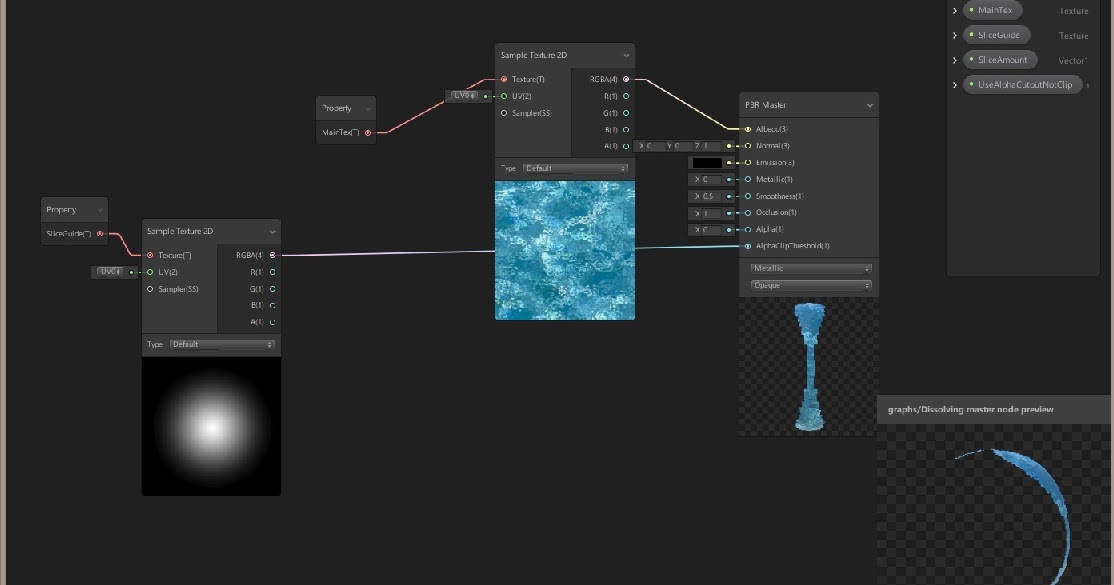
#HLSL SHADER VIEWER ONLINE PLUS#
Since each light bounce changes the wave length, after a number of bounces the wave length is no longer visible so what our eyes see is usually the light that came straight from the source plus the light that bounced for a very small amount of times. We call each time the light gets reflected from a surface to a bounce. Some of the rays travel straight from the source to our eyes, but most of them will hit surfaces and get reflected from them in a different direction and with a slightly different wave length depending on the surface material and color. In real life, light gets emitted from different sources such as light bulbs and the Sun. In order to understand how ambient light works, it is important to understand the difference between how light works in real life and the way it works in computer graphics. Since each one of these methods is independent from the others, it is recommended to use all of them together and gain the combined performance benefit.Īlthough this method lost its popularity in recent years to deferred lighting/shading solutions (which will be covered in the next chapter) and tiled lighting due to their performance improvement, it's still important to know how forward lighting works for the following reasons: The fourth method is going to be explained at the end of this chapter. The second and third methods are implemented on the CPU, so they won't be covered in this book. Rendering the scene depths, as mentioned in the first method, is very easy to implement and only requires shaders that output depth values.


This approach reduces the amount of draw calls as well as the overhead of preparing the mesh information for lighting. Based on the results, skip light/mesh draw calls if they don't intersect.Ĭombine multiple light sources that affect the same mesh together in a single draw call. Skip light sources and scene elements that are not visible to the camera used for rendering the scene.ĭo bounding tests to figure which light affects which mesh.

Warming the depth buffer with all the fully opaque meshes (that way, we don't waste resources on rendering pixels that get overwritten by other pixels closer to the camera).


 0 kommentar(er)
0 kommentar(er)
